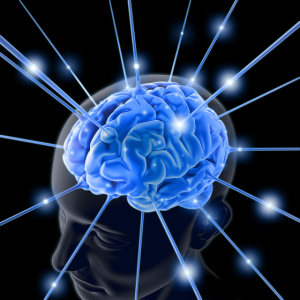by
Brendon Nafziger, DOTmed News Associate Editor | January 07, 2010

New approaches
to Parkinson's
PET scans can pick up a useful biomarker for Parkinson's disease and can even help predict who will benefit most from treatment with transplanted fetal neural tissue, according to a study almost two decades in the making.
As reported in the January issue of the Journal of Nuclear Medicine, doctors found that good uptake of 18F-fluorodopa (18F-FDOPA), a radiotracer analogue of dopamine, and a neurotransmitter known to be depleted in Parkinson's, was associated with improvement of disease symptoms.
But the study, which tracked many of the patients of the original experiment conducted over a decade ago for up to four years following their surgery, found the success of engrafting dopamine-producing brain tissue from fetuses into the deteriorating brains brought mixed results.



Ad Statistics
Times Displayed: 173710
Times Visited: 3172 For those who need to move fast and expand clinical capabilities -- and would love new equipment -- the uCT 550 Advance offers a new fully configured 80-slice CT in up to 2 weeks with routine maintenance and parts and Software Upgrades for Life™ included.
Clinical improvements on the Unified Parkinson's Disease Rating Scale (UPDRS), a common measure of disease severity, climbed about 25 percent. But the results were short-lived, peaking at about two years following engraftment, with the modest gains starting to vanish after four years.
"The 25 percent benefit is usually more than a placebo effect. We generally think of placebo as being 20 percent or lower, so 25 percent seemed to be meaningful or significant," says David Eidelberg, M.D., the study's lead author and a neurologist and director of the Center for Neuroscience at the Feinstein Institute for Medical Research on Long Island, NY.
But he adds, "For a late-stage patient, 25 percent improvement did not necessarily mean their lifestyles were radically impacted by the therapy."
Still, the follow-up study did dispel fears called up by the initial experiment, begun in the early 1990s, where a condition known as graft-induced dyskinesia (GID) that causes uncontrolled muscle spasms afflicted about five of the original patients. Dr. Eidelberg said the side effects, thought to be caused by excess dopamine production, discouraged doctors who worried that extensive transplants would result in a swarm of such cases.
But no new cases emerged in a subsequent trial, and Dr. Eidelberg says they now know why: grafts on the putamen, the part of the brain where dopamine signaling helps control voluntary movement, probably only lead to GID if the brain region is producing higher levels of dopamine.
"We learned that putting the graft in areas that are less depleted of dopamine may not give you a great response," he says. "If it's not terribly depleted, you'd get an imbalance; the graft would produce an abnormal amount of dopamine."

